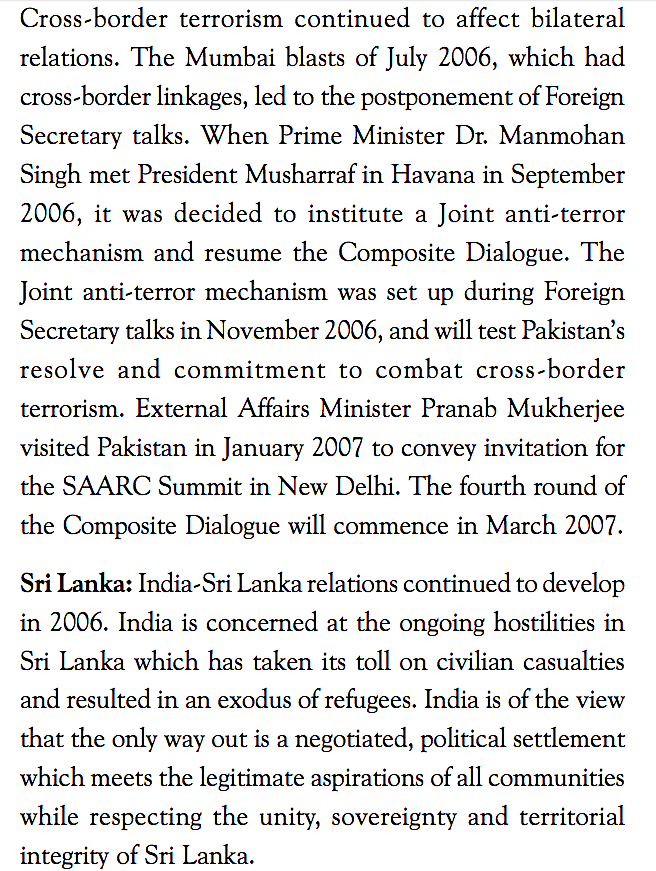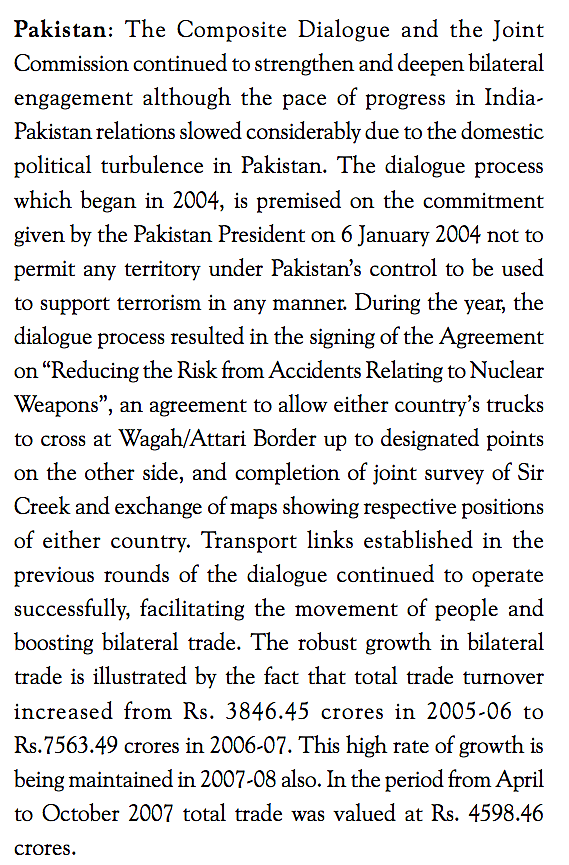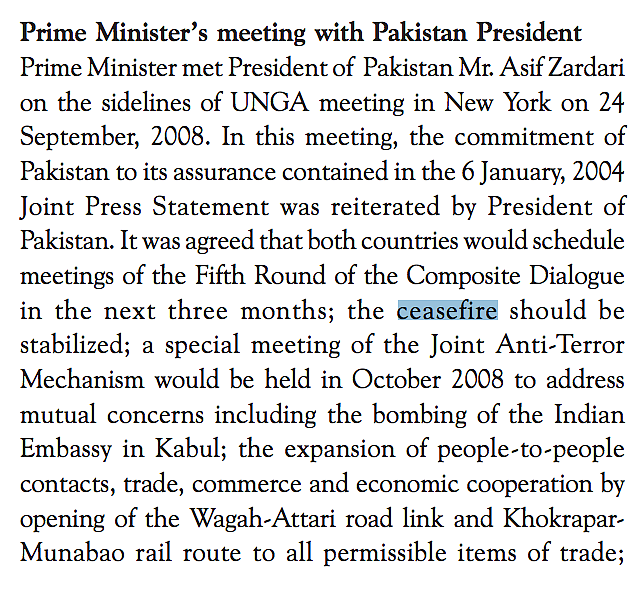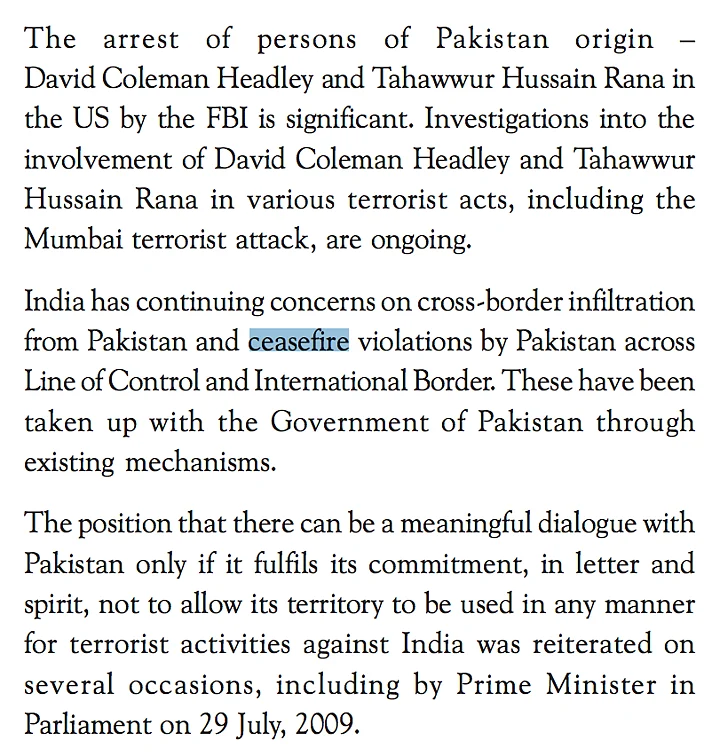On 26 November 2003, India woke up to the first day after agreeing to a ceasefire with Pakistan along the Line of Control (LoC), International Border (IB) and the the Actual Ground Position Line (AGPL) in Siachen.
However, what makes the agreement historic is not the essence or the spirit but the number of violations in the years that followed it.
A Ceasefire Agreed Upon Over a Phone Call
The Ceasefire Agreement between India and Pakistan came into place 13 years ago, on 25 November 2003. The Director Generals of Military Operations (DGMO) of both the countries agreed over a phone call to have their armies stop firing at each other.
Along with the LoC, India had also asked for the agreement to cover the Actual Ground Position Line (AGPL) in Siachen. Indian DGMO Lieutenant General AS Bhaiya and his Pakistani counterpart General A Kayani agreed to cease assault, effective from midnight of 25 November that year.
The matter was discussed during the conversation between the Director General Military Operations of the two countries on 25 November 2003, and it was agreed to observe a ceasefire on the International Border, LoC and AGPL with effect from midnight of 25 November 2003.Ministry of External Affairs Annual Report, 2003-2004
India’s demand that Pakistan cease supporting terrorism – a key factor that determined the agreement – still remains unfulfilled.
Years of Turbulence
Between 2003 and 2004, under Atal Bihari Vajpayee’s government, the number of violations drastically decreased, reports The Indian Express, citing figures.
Between 2004 and 2010, ceasefire violations hardly made it to the Annual Report of the entire year prepared by the Ministry of External Affairs. This, despite the 2008 terror attack, which incidentally also happened on 26 November.
After 2010, the number of deaths has risen steadily.
However, in recent media reports, ‘ceasefire violation’ became an almost everyday phrase, even as the long-standing, albeit turbulent, agreement remains in place.
Following are the highlights of the “Pakistan”section of MEA annual reports from 2004 to 2010:
Governments Changed, As Did the Intensity of Ceasefire Violations
When Narendra Modi replaced Dr Manmohan Singh as the elected Prime Minister, a different Pakistan policy was on top of his list. Writing for The Indian Express, Praveen Swami notes,
Following his election, the Prime Minister had sought normalisation of the India-Pakistan relationship. That effort, however, was challenged by Pakistan’s generals, using their time-trusted allies, jihadist terrorists.
However, the long spell of India’s defensive stance had defined a rigid narrative between the two countries along the LoC.
On Thursday, 24 September 2016, Vikas Swarup, Spokesperson of Ministry of External Affairs said, “Pakistani forces have committed 12 ceasefire violations between 9 and 15 November 2016.”
The surgical strikes changed that narrative, according to Nitin Gokhale, a national security analyst.
The “surgical strikes confused Pakistan” and “an element of unpredictability was injected in India’s Pakistan policy,” believes Gokhale. With India showing signs of an offensive, the shield provided by the ceasefire agreement may not protect either of the nations for long.
Is the Ceasefire Agreement Redundant?
The news coming from the Valley turned even more gory after the Indian government announced its surgical strike in Pakistan occupied Kashmir (PoK). Over 17 soldiers were killed in cross border firing after the government announced surgical strikes on the intermediate night between 28 and 29 September.
Does that not make the ceasefire agreement redundant? No, it does not. The agreement, while it lasts, puts a cap on Pakistan’s attempts to enter the country.
If India pulls out, “it will provide a leeway to Pakistan” to carry its agenda forward, says Gokhale. The violations by Pakistan, which are limited to a few pockets along the LoC, will spread through the region. Therefore, India should not be the one to pull out of the ceasefire, which was initiated by Pakistan in 2003.
So, while it is too early to call the Ceasefire Agreement redundant, it definitely needs a re-look.
Also Read:
Pak Militants Kill Jawan, Mutilate Body; Army Vows ‘Apt Response’
Twitter Seethes After Indian Jawan Beheaded in Machil
(With inputs from The Indian Express)






